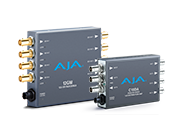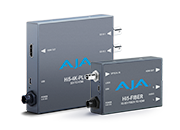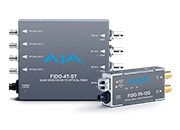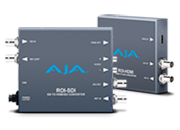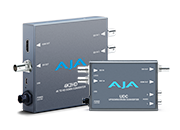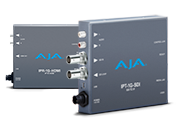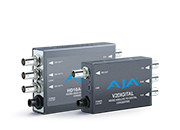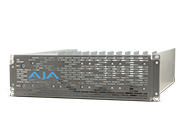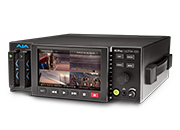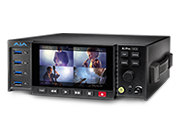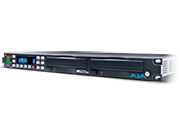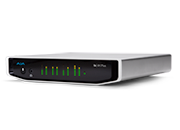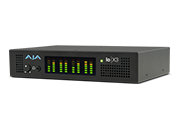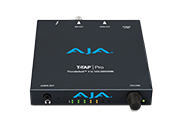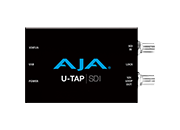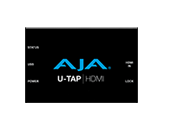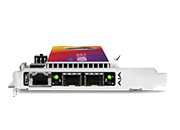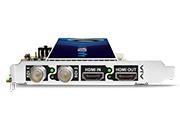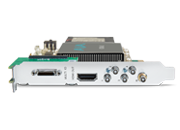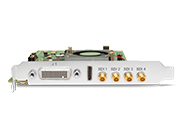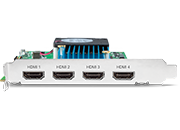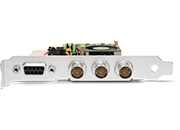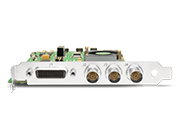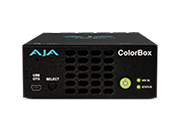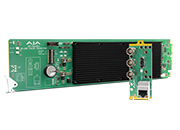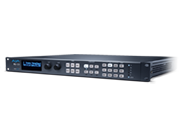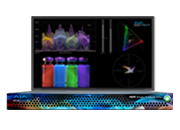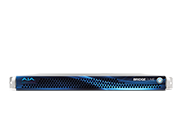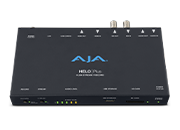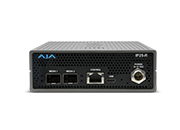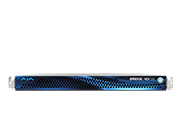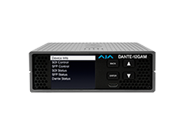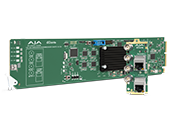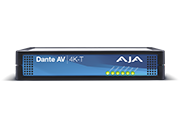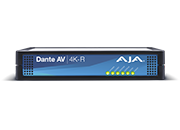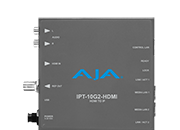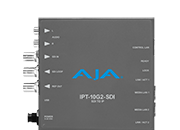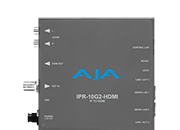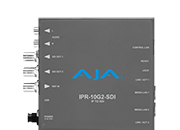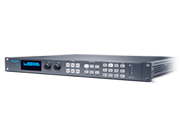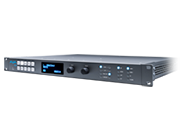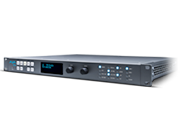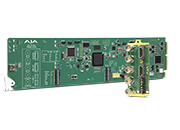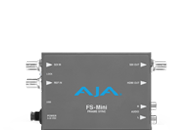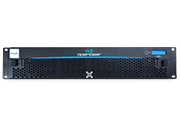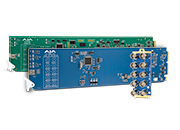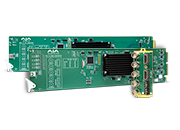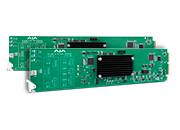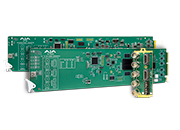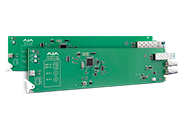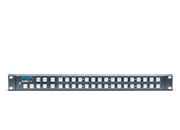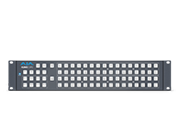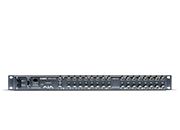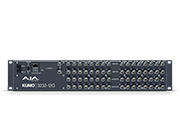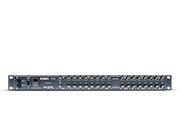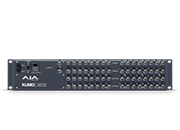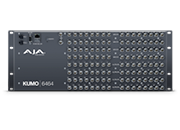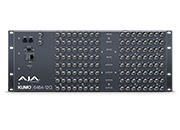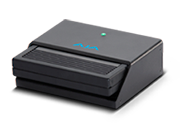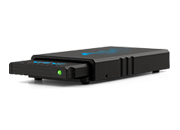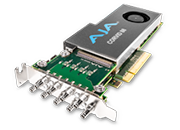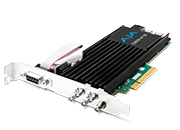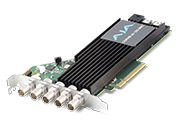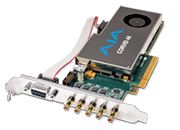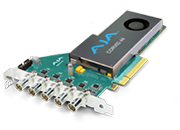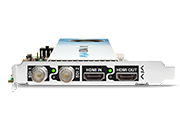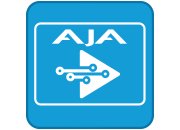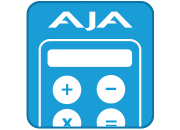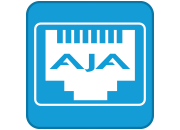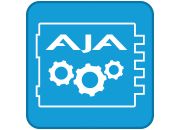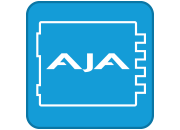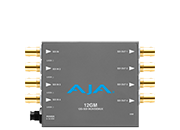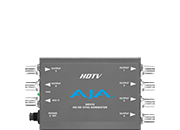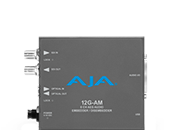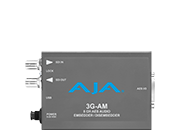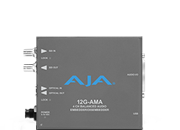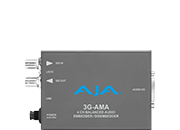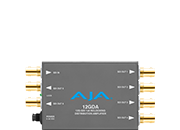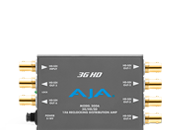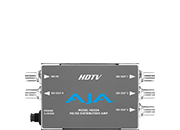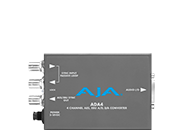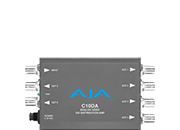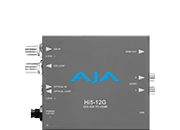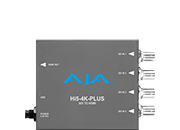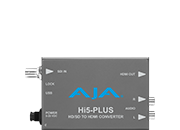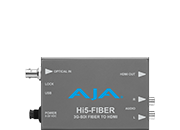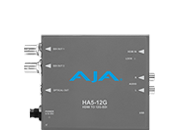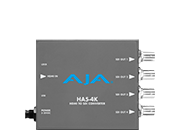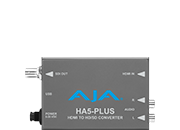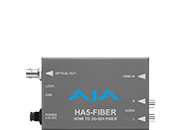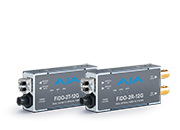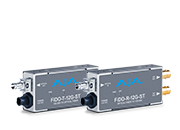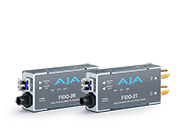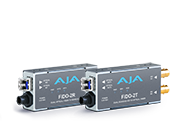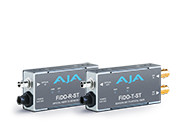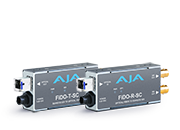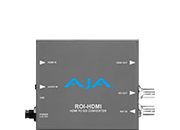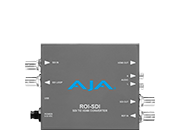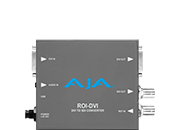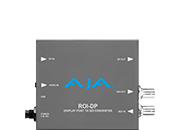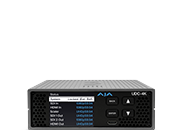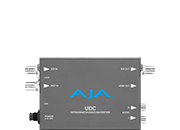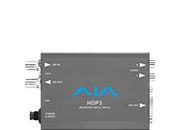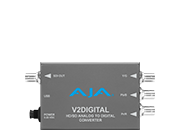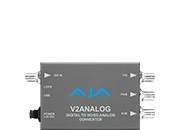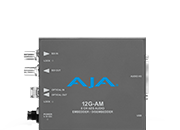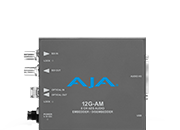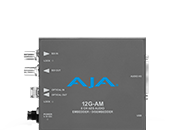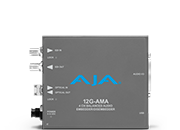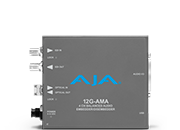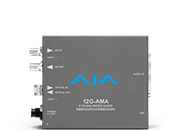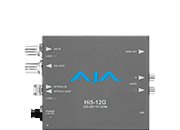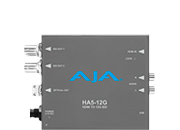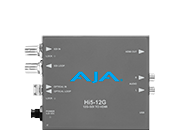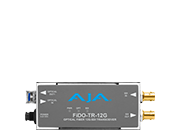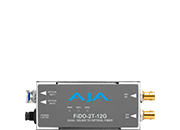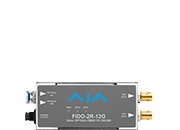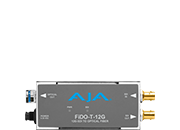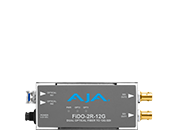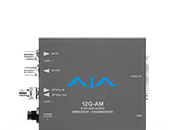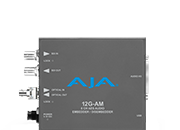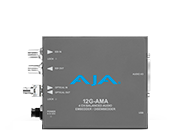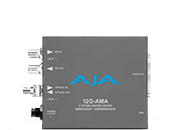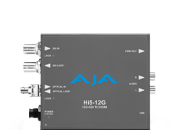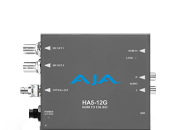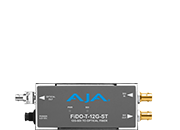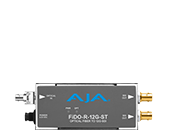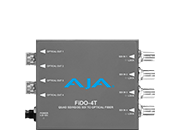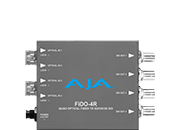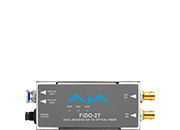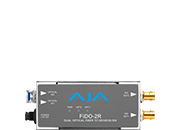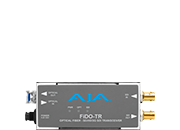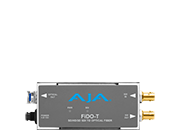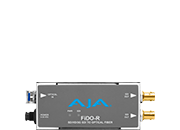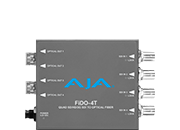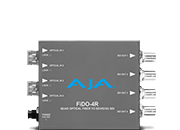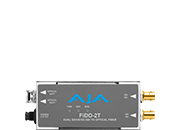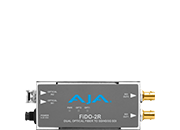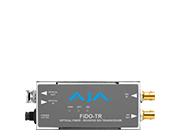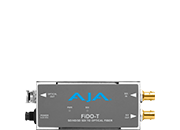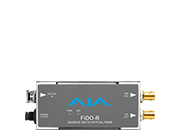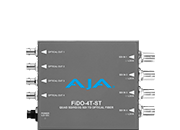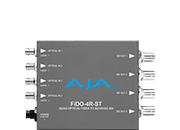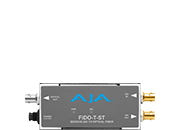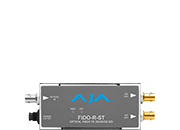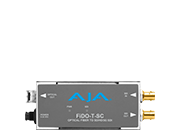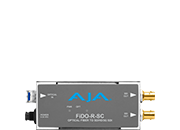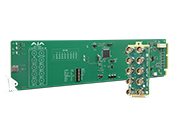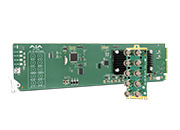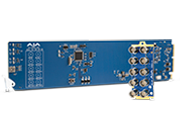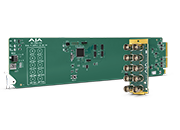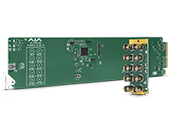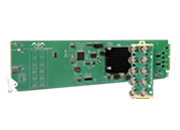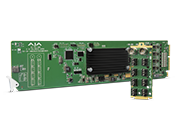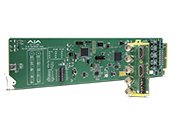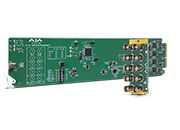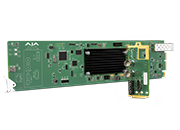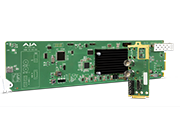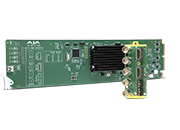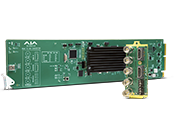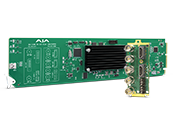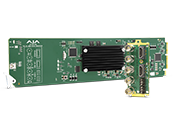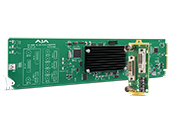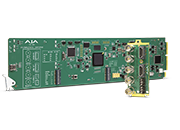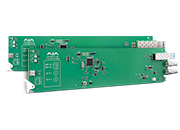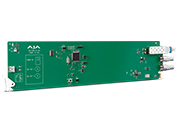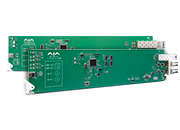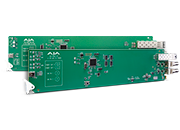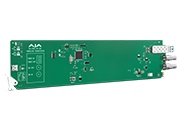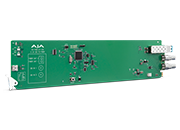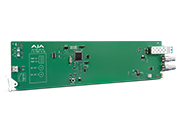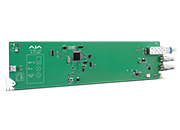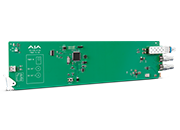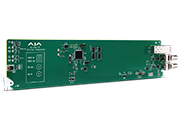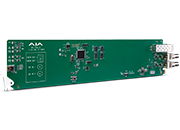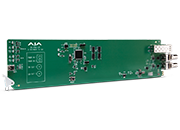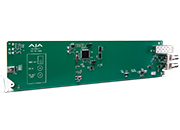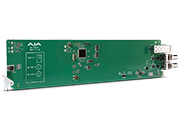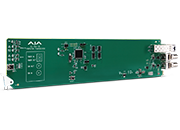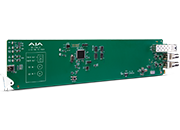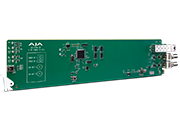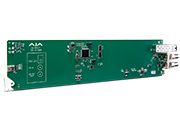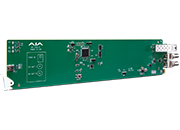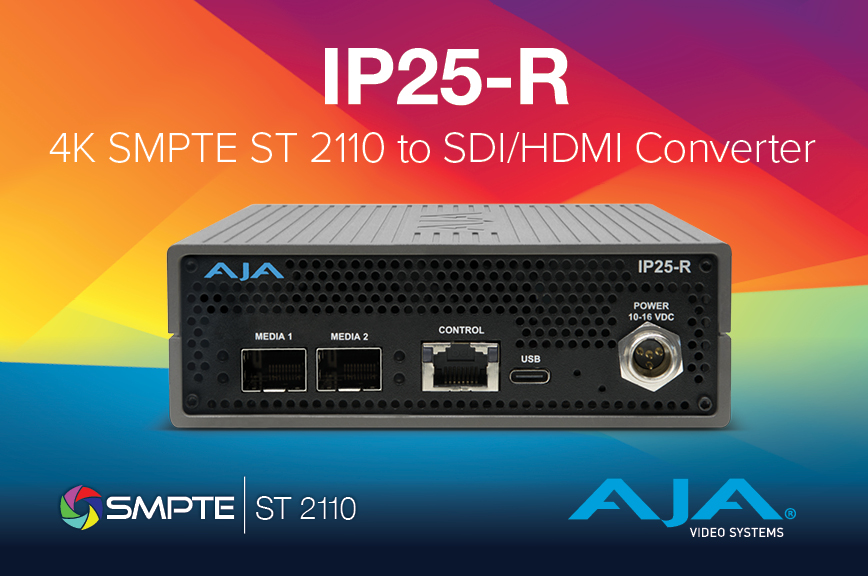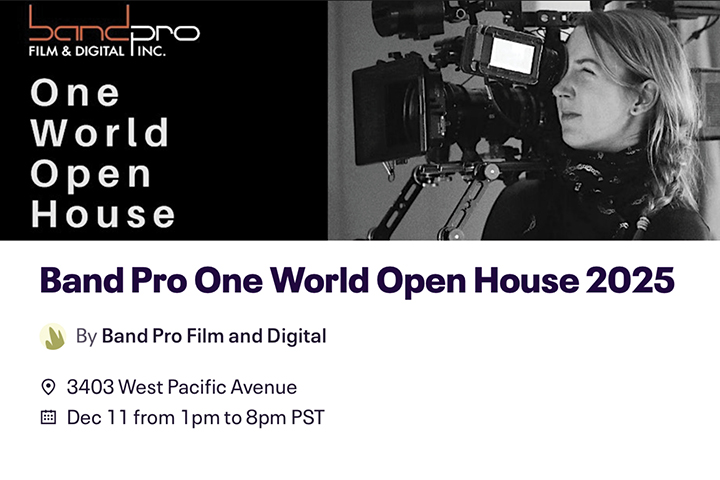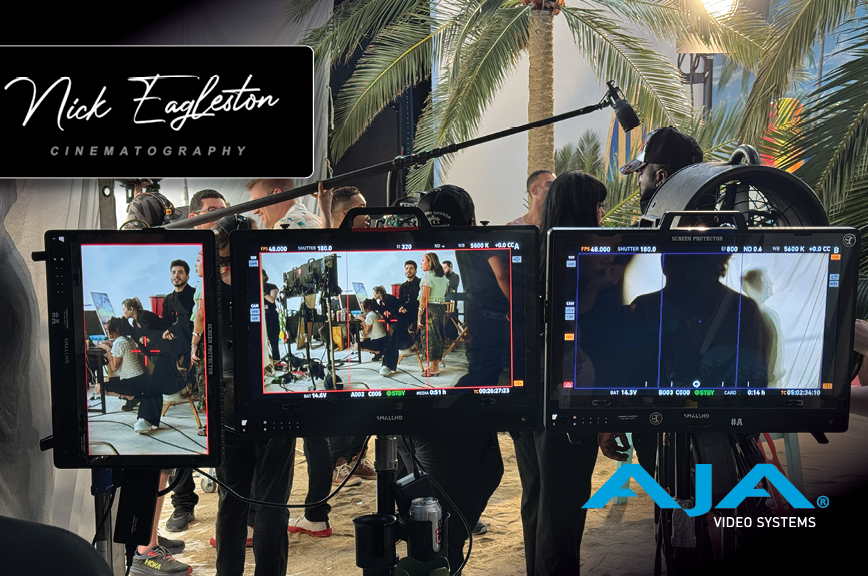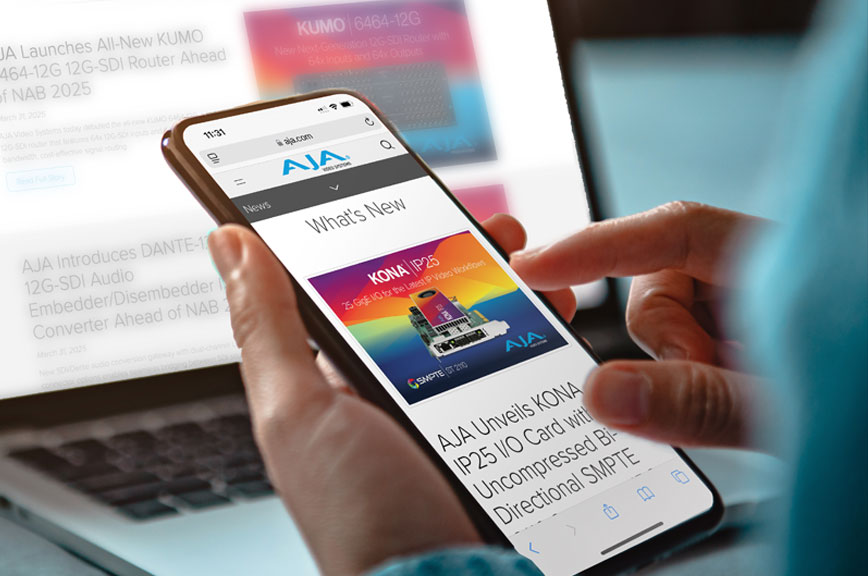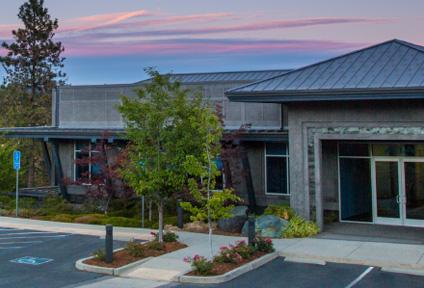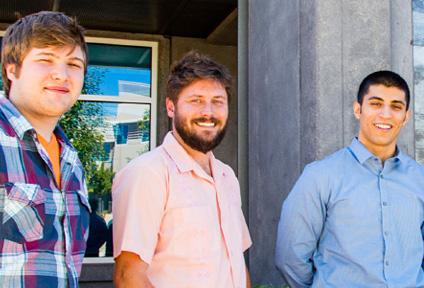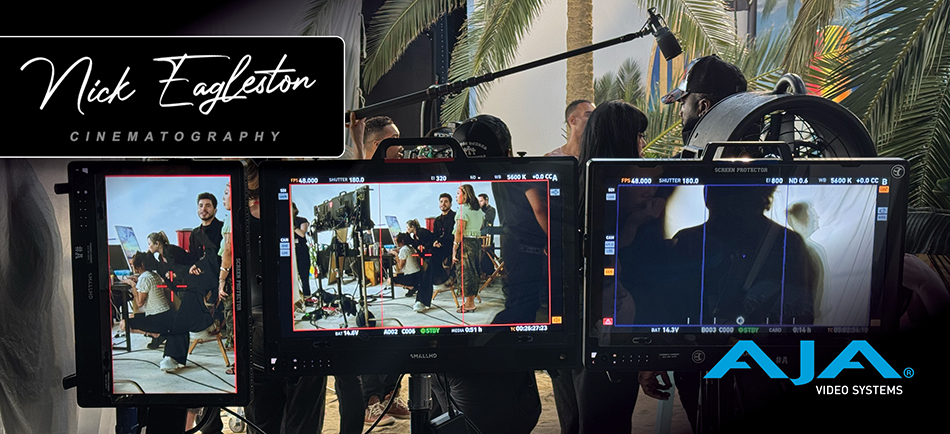A Sit-Down with Cinematographer and Camera Assistant Nick Eagleston
October 28, 2025
The creator economy is reshaping how production teams shoot commercials today. With social media platforms demanding vertical video as much as traditional horizontal formats, productions increasingly need to deliver content in both orientations, often simultaneously on set. Freelance Camera Assistant Nick Eagleston recently worked on a commercial with dual format demands for makeup influencer Patrick Starrr, directed by Andy Vallentine and shot by Cinematographer Nick Ramsey. To meet the deliverables, Nick relied heavily on the AJA ROI-SDI scan converter to flip, crop, and scale live video signals, enabling precise vertical monitoring and recording to support viewing on social platforms, alongside the standard horizontal footage for traditional broadcast and OTT viewing.
Nick sat down with our team to talk through how he managed the shoot and the lessons he’s learned navigating this new normal in commercial production.
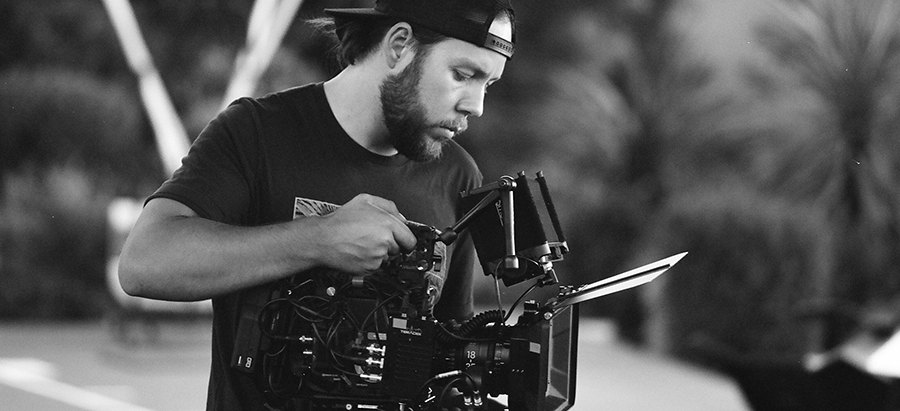
Tell us about your background.
I’m an LA-based freelance cinematographer, camera assistant, and jack of all trades. I graduated from Chapman University’s film school, where I studied film production with an emphasis on cinematography. I’ve been in LA for about eight years now, working across every kind of media – features, TV, commercials, and documentaries. At the start of my career, I did a lot of true crime documentary work, which gave me a solid base in lighting and shooting interviews. Lately, my focus has shifted almost exclusively to commercial work, mainly tech startups and beauty brands.
How did you handle your latest commercial shoot?
We shot a sunscreen setting spray commercial, but with a twist: half the day was filming a traditional, fully lit commercial on a stage built to look like a fake beach, and the other half was dedicated to influencers making user-generated vertical social content. The commercial shoot was massive, probably 100 people on set, and the amount of social content created was almost as much as the commercial itself.
As part of the camera crew, my job was to help manage the visuals, especially the technical side of delivering both horizontal and vertical formats. One of the biggest challenges was shooting horizontally for the commercial, but also delivering a vertical feed live so everyone on set, from the director, producer, or client, could see what the vertical version of the shot would look like.
This is where the AJA ROI-SDI converter was a lifesaver. We took the horizontal 16:9 SDI video feed from the camera’s wireless transmitter and routed it through the ROI converter box. The ROI-SDI allowed us to rotate the image 90 degrees and crop the horizontal signal in real time so that everyone could see the 9:16 vertical composition as it happened, not just rely on overlaid frame lines on a horizontal monitor, which often isn’t enough.
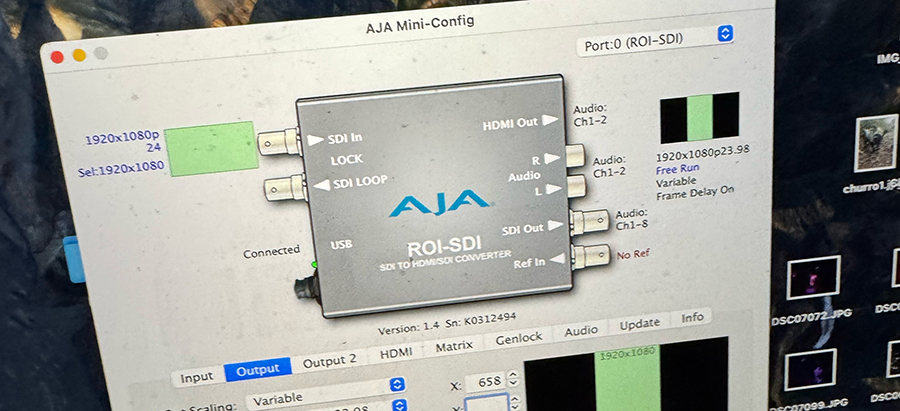
Describe your setup in more detail.
The workflow was pretty straightforward but required some fine-tuning over time. The camera signal came wirelessly through a receiver into our horizontal monitor. Then, an SDI output from that monitor was fed into the ROI-SDI converter box. I connected a laptop initially to the ROI-SDI to configure the settings, like positions, width, or height, to get the crop just right. Once I dialed in the exact pixel values, it worked perfectly. After that, I could unplug the laptop and mount the ROI on the back of the vertical monitor. The whole system ran off AC power, so we didn’t have to worry about battery issues, and it ran all day without problems.
The vertical monitor was 24 inches, and I did some minor scaling on the monitor to fine-tune the framing. This setup gave everyone on set confidence that the vertical framing was exactly what they’d get in the final deliverables, which is crucial because vertical shots are easy to mess up. You can accidentally crop too tight or miss important elements.
Why is it so important for the client to see a dedicated vertical monitor?
When you just see vertical frame lines overlaid on a horizontal monitor, it can be distracting, especially for clients who aren’t used to reading monitors all day. Having a full vertical monitor dedicated to that crop makes it clear and simple to understand what the final product will look like. With social media driving a lot of campaigns these days, vertical video has become king. For the Patrick Starrr shoot, the client knew the content would mostly live on platforms like Instagram and TikTok, so making sure the framing was perfect vertically was non-negotiable.
What do you like most about your job, and what are some of the challenges you encounter?
I love collaborating with people, and I love that every day is different. One day you’re filming on a mountain in LA, the next you’re on a fake beach stage or in a celebrity’s mansion. I also love traveling; the commercial work has taken me all over the country. The challenges lie in juggling multiple deliverables, especially when shooting horizontal and vertical simultaneously. It can feel limiting because you must compose carefully to make both work. But tools like the ROI-SDI converter really help, giving us a reliable way to monitor and control vertical framing live.
Do you have any advice for newcomers to cinematography?
Be a sponge and absorb everything. Go out and work on as many projects as you can, especially with experienced people. Don’t learn bad habits by trying to figure everything out on your own. Be easygoing and flexible on set. If a director wants a shot, try to figure out how to make it work instead of shutting it down.
About ROI-SDI
AJA’s ROI-SDI Scan Converter enables high quality conversion and extraction of a Region of Interest (ROI) from a 3G-SDI input to both 3G-SDI and HDMI mirrored outputs in a compact, portable form factor. It offers powerful image scaling, aspect ratio conversion, and audio functionality to meet diverse display and workflow needs without sacrificing space or budget. With a 3G-SDI loop through, reference input, and flexible audio routing via free AJA Mini-Config software, ROI-SDI integrates easily into production environments. www.aja.com/roi-sdi
About AJA Video Systems
Since 1993, AJA Video Systems has been a leading manufacturer of cutting-edge technology for the broadcast, cinema, proAV, and post production markets. The company develops a range of flexible baseband and IP video/audio interface and conversion technologies, digital video recording solutions, and color management, streaming, and remote production tools. All AJA products are designed and manufactured at our facilities in Grass Valley, California, and sold through an extensive sales channel of resellers and systems integrators around the world. For further information, please see our website at www.aja.com.
All trademarks and copyrights are the property of their respective owners.
Media Contact:
Katie Weinberg
Raz Public Relations, LLC
310-450-1482, aja@razpr.com
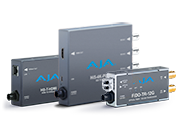 Mini-Converters
Mini-Converters
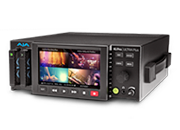 Digital Recorders
Digital Recorders
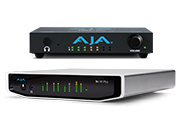 Mobile I/O
Mobile I/O
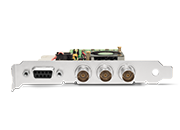 Desktop I/O
Desktop I/O
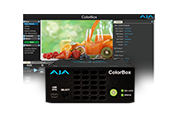 Color
Color
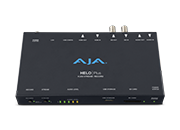 Streaming
Streaming
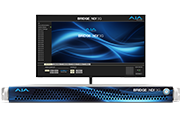 IP Video/Audio
IP Video/Audio
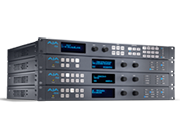 Frame Sync
Frame Sync
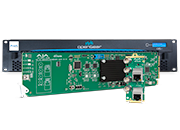 openGear
openGear
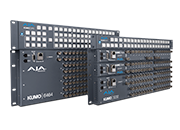 Routers
Routers
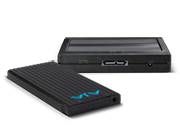 Recording Media
Recording Media
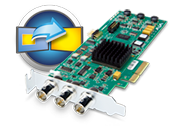 Developer
Developer
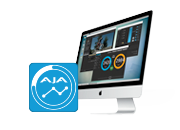 Software
Software
